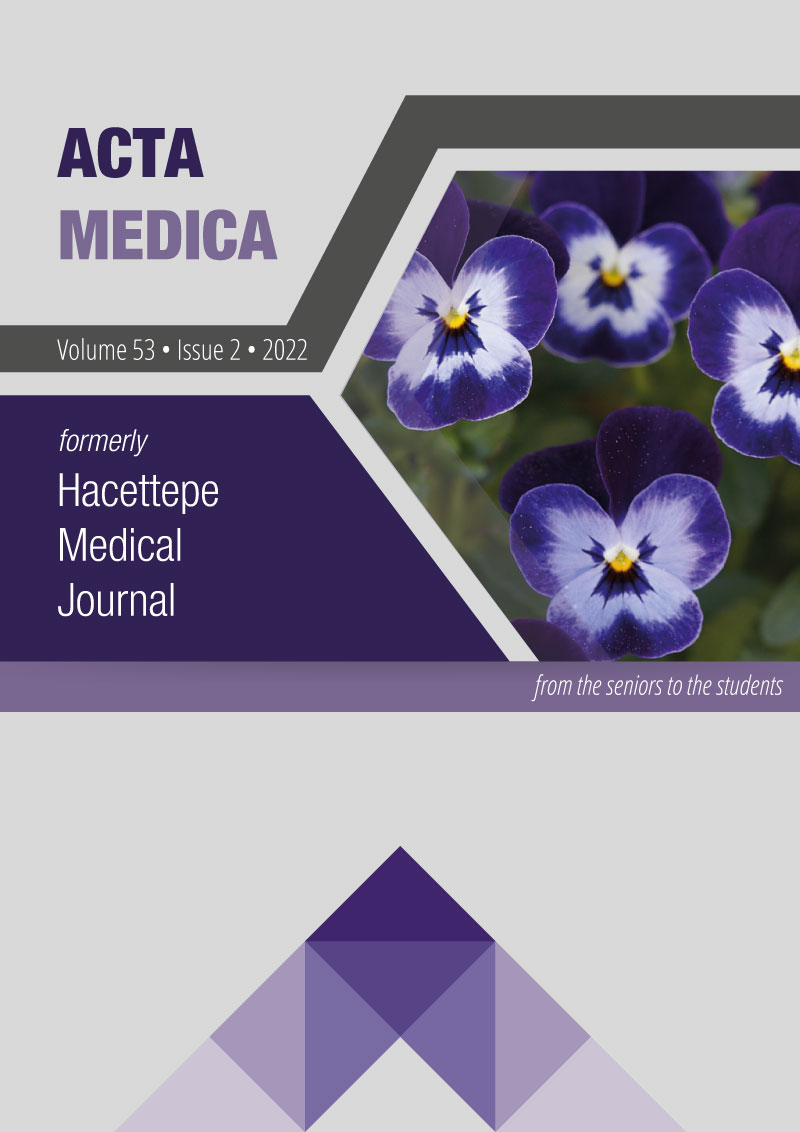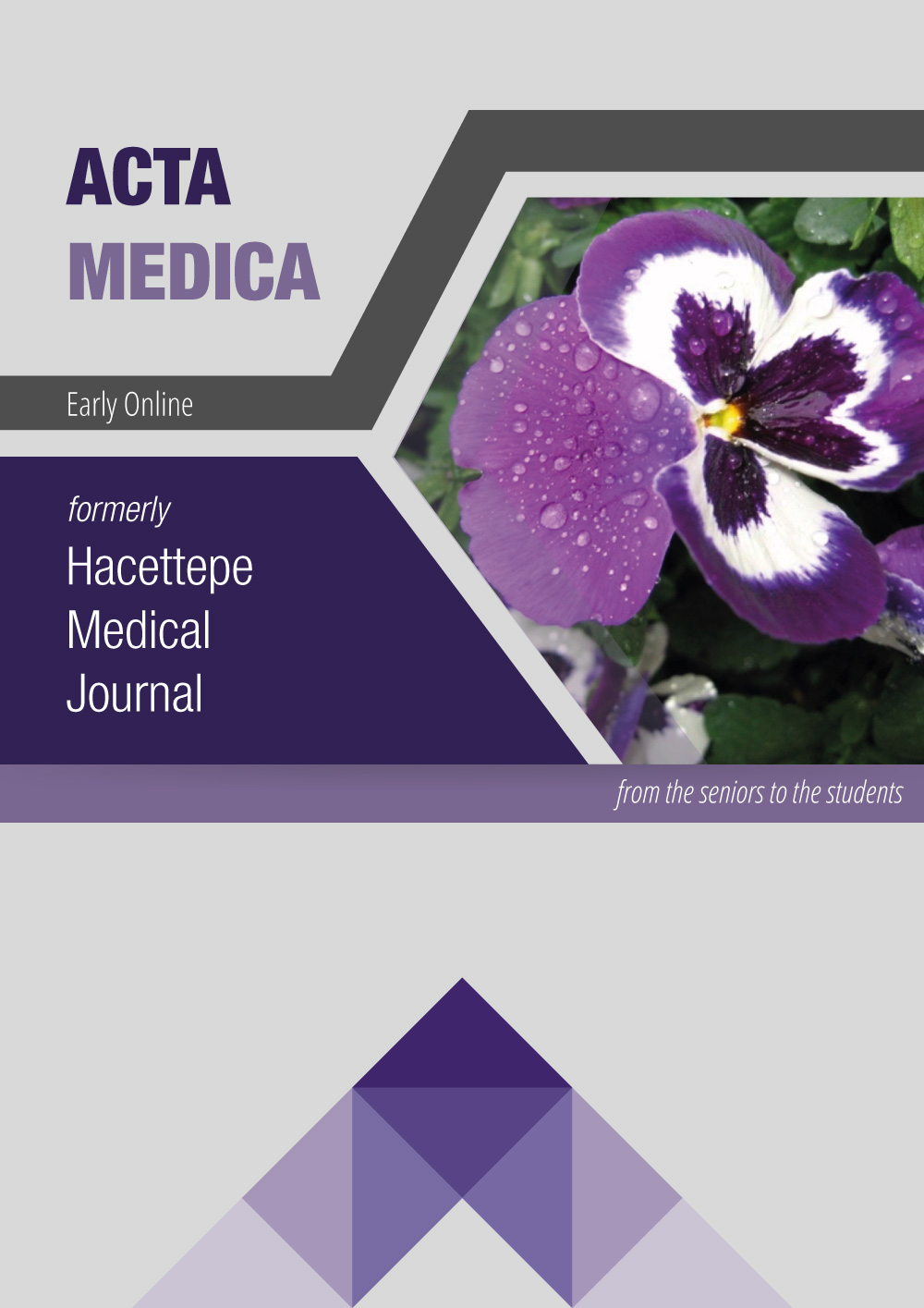Persistent Extensive Microcalcifications After Neoadjuvant Chemotherapy: Benign or Malignant?
DOI:
https://doi.org/10.32552/2022.ActaMedica.767Keywords:
Neoadjuvant chemotherapy, microcalcifications, magnetic resonance imaging, mammographyAbstract
Neoadjuvant chemotherapy is increasingly used for breast cancer due to its several benefits. Assessment of the response to neoadjuvant chemotherapy plays a key role in the management of the disease. Although magnetic resonance imaging is the most accurate method, evaluation of the response to neoadjuvant chemotherapy may be challenging especially in the presence of residual microcalcifications. The presence of residual microcalcifications may not always suggest the residual viable tumor.
In this case, a 48-year-old patient with breast cancer who had persistent extensive microcalcifications after neoadjuvant chemotherapy is presented. Magnetic resonance imaging demonstrated a complete response with the absence of any residual enhancement. Final histopathological results after breast-conserving surgery revealed pathological complete response which is consistent with magnetic resonance imaging and inconsistent with mammography findings. Mammography images showed residual malignant-type microcalcification after surgery, although most of them were excised. However, microcalcifications haven’t progressed and recurrent cancer hasn’t been observed on MRI and mammography images during the 10-year follow-up.
Downloads
Downloads
Published
How to Cite
Issue
Section
License
Copyright (c) 2022 Acta Medica

This work is licensed under a Creative Commons Attribution-NonCommercial-NoDerivatives 4.0 International License.


